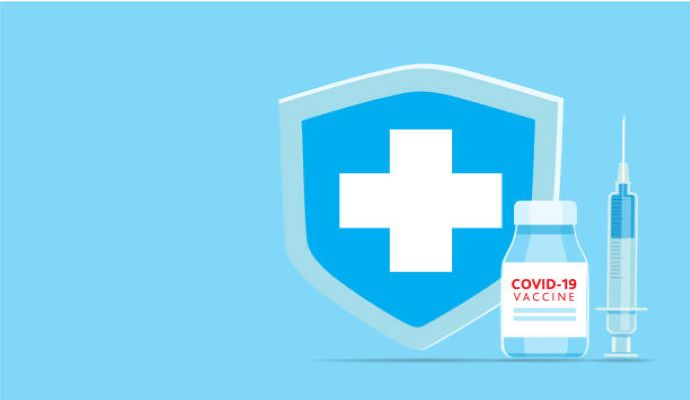WHO Updates COVID-19 Vaccination Guidance After March SAGE Meeting
After the March SAGE meeting on March 28, 2023, the WHO updated its COVID-19 vaccination guidance, providing vaccine and booster recommendations based on risk.

Source: Getty Images
- The WHO Strategic Advisory Group of Experts on Immunization (SAGE) announced the results of its March meeting, updating its COVID-19 vaccination guidance. According to the news release, the organization took time to edit its roadmap of vaccination priorities, using new data on Omicron and herd immunity to guide decisions.
The news release by the WHO notes that the roadmap helps prioritize high-risk populations for vaccines and boosters. Beyond focusing on high-risk populations, SAGE also accounted for the cost efficacy of immunization for lower-risk people.
“Updated to reflect that much of the population is either vaccinated or previously infected with COVID-19, or both, the revised roadmap reemphasizes the importance of vaccinating those still at risk of severe disease, mostly older adults and those with underlying conditions, including with additional boosters,” stated SAGE Chair Hanna Nohynek, PhD.
“Countries should consider their specific context in deciding whether to continue vaccinating low-risk groups, like healthy children and adolescents, while not compromising the routine vaccines that are so crucial for the health and well-being of this age group,” she continued.
According to the release, the organization divides the roadmap into three priority groups, including high, medium, and low priority. The high-priority group includes older individuals, adults with comorbidities, including diabetes and cardiovascular disease, immunocompromised people, pregnant individuals, and healthcare workers.
The medium-priority group includes healthy adults and children with comorbidities. Finally, the lowest priority group includes healthy pediatric patients between 6 months and 17 years.
The new guidelines encourage high-priority patients to get an additional booster within 6–12 months of their last dose. However, the WHO is careful to stipulate that these guidelines do not encourage an annual booster. Instead, the recommendations apply only to the current pandemic scenario.
The WHO does not recommend an additional booster for medium-priority patients, noting that they should get the primary series and a first booster. While patients are eligible for additional boosters, the release notes that the public health returns are low.
Finally, the low-priority group is eligible for the primary series and the booster. However, from a global perspective, SAGE acknowledges that not all countries have the resource to vaccinate everyone. In that case, vaccinations should be at the country’s discretion, depending on the disease burden and other factors.
